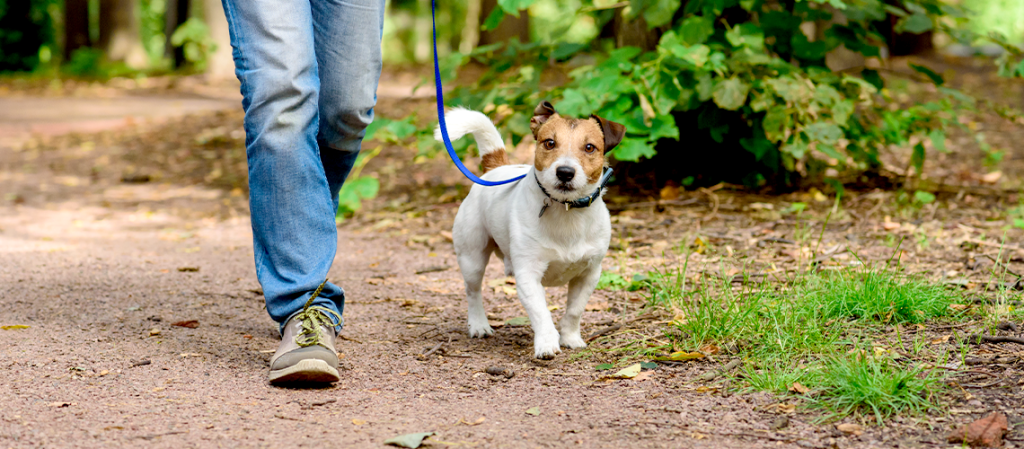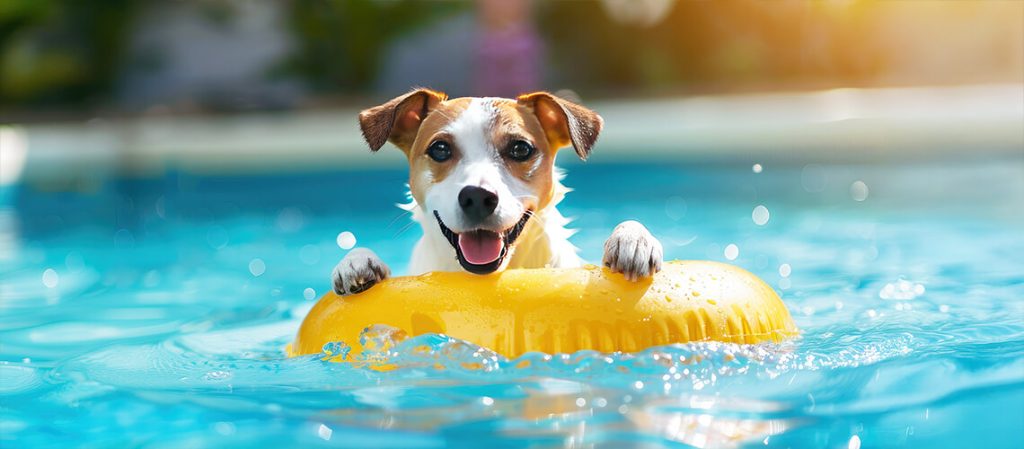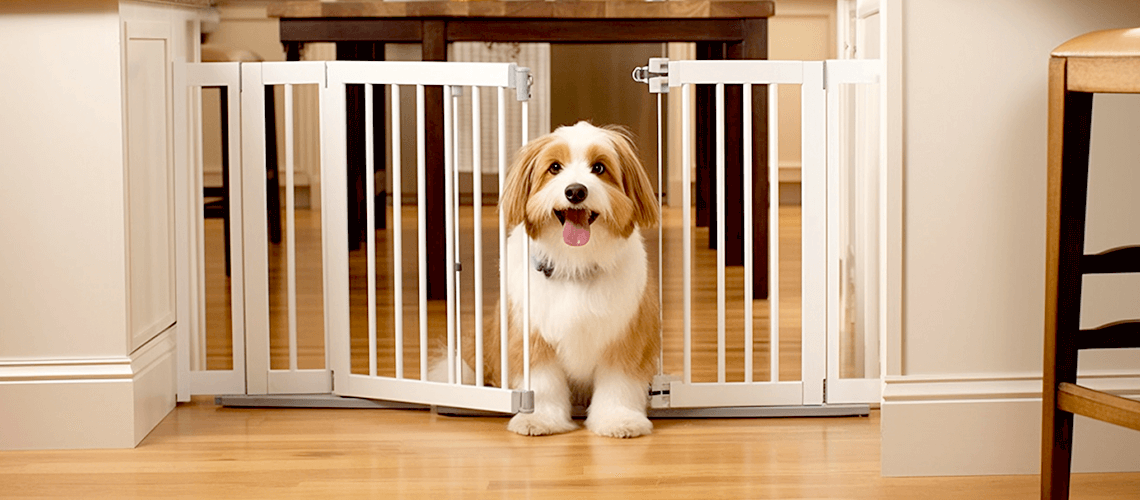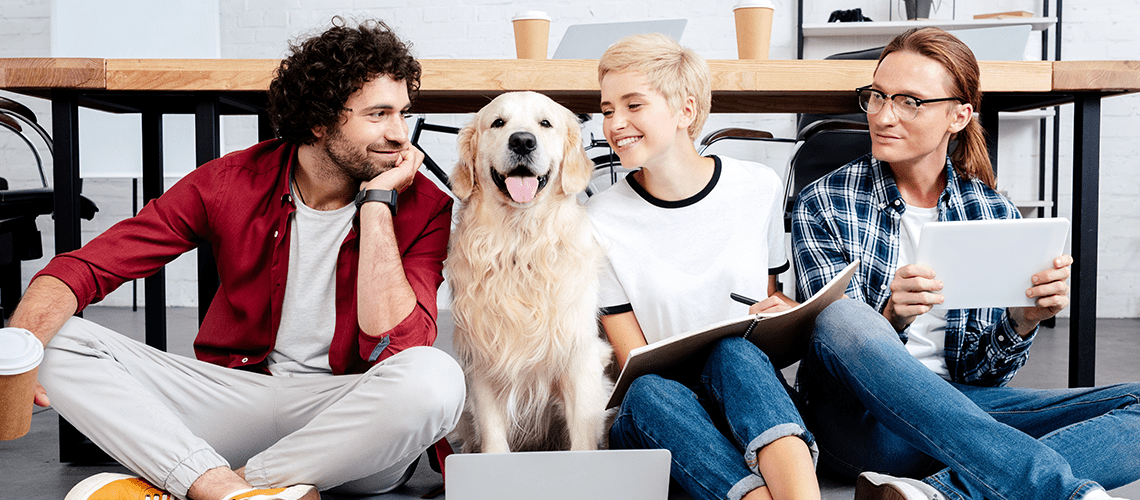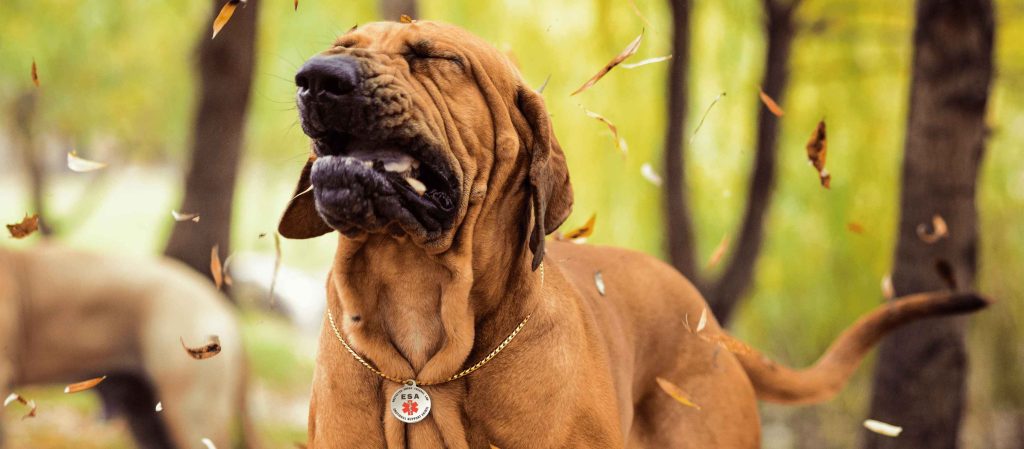Hold onto your hats, pet parents! It’s time to dive into the world of loose leash walking, the laid-back relative of the traditional leash walking! 🐾 Let’s make […]
From Pools to Ponds: Water Safety Tips for Dogs
Summer is the perfect time to get outside, enjoy nature, and spend quality time with your dog. Whether you’re near a swimming pool, a peaceful pond, or a […]
The Purr-fect Home: Making Your Home a Safe Playground for Your Pets
Hey there, Pet Parents! 🐾 Let’s face it: our fur babies are like adorable, four-legged toddlers who love nothing more than getting into mischief. Today, we’re diving into […]
What to Pack When Bringing Your Dog to the Office
Bringing Your Furry Pal to Work? Have you ever caught yourself glancing over at your four-legged friend, imagining the tail-wagging excitement they’d bring to your office? You’re not […]
“Achoo!” – Decoding Your Pet’s Allergy Misadventures!
Hello, loving pet parents! Noticed your furry friend scratching more than usual or sneezing non-stop? Sounds like they might have an allergy. Here’s a quick guide to understanding […]


